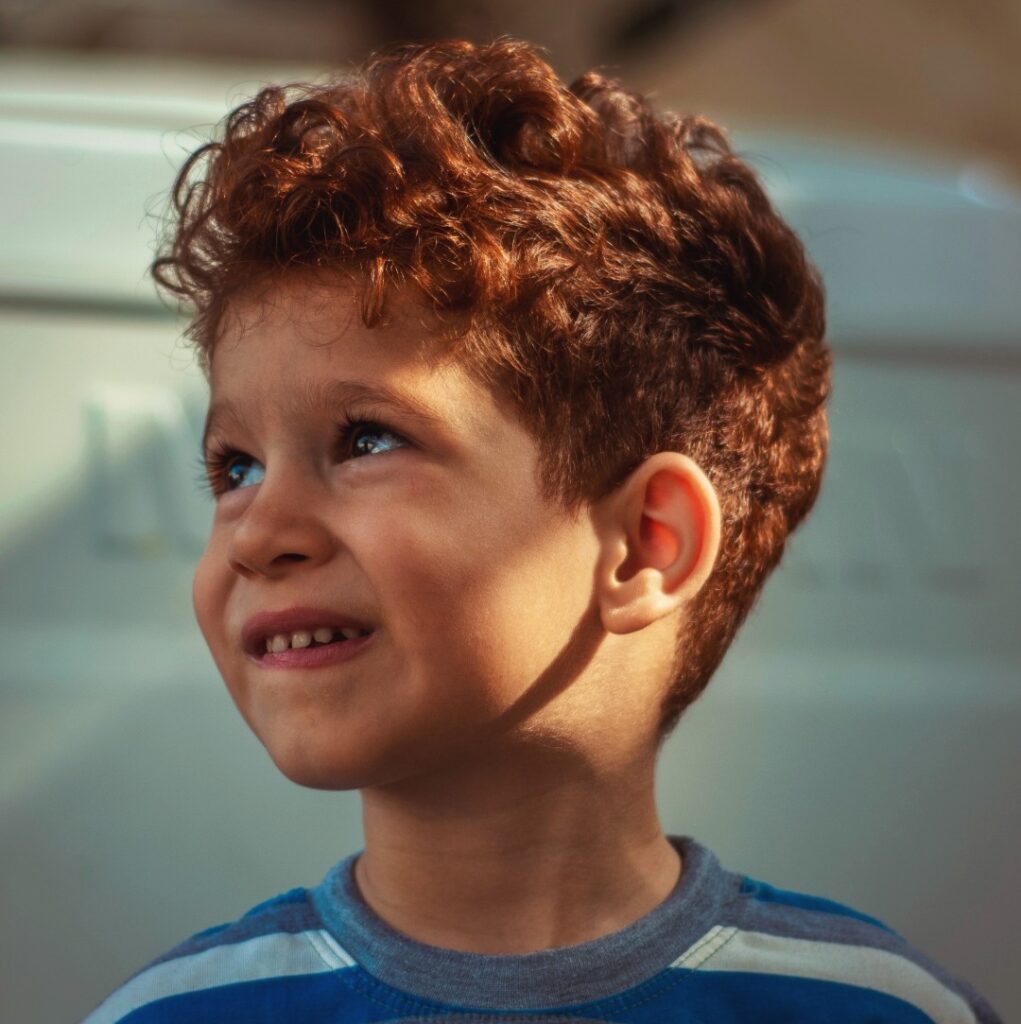For parents the world of ASD can spring some challenges , in this article we look into the problems some have with autism and taking pictures.
Child with autism and taking pictures
As parents, we often find joy in capturing precious moments of our children’s lives through photographs.
Whether it’s their first steps, a toothy grin, or a heartfelt hug, these snapshots help preserve memories we cherish.
However, for some parents of autistic children, this seemingly innocent act can become an unexpected source of distress and discomfort for their little ones.
Understanding why some autistic children may not like having their picture taken is crucial in supporting them.
So below we dive into some of the reasons behind the struggles.

Sensory factors
One of the possible reasons why some autistic children may dislike having their picture taken lies in sensory sensitivities.
For them, the camera’s flash can be incredibly intense and overwhelming.
The sudden burst of bright light can cause discomfort, anxiety, and even physical pain.
The memories of the flash may remain even if you are not using it on this occasion.
Imagine trying to pose and smile while experiencing an onslaught of sensory stimulation that feels like a barrage of flashing lights.
It becomes apparent why some autistic children find this experience distressing.
Social difficulties
The social aspects of photography can pose challenges for autistic children.
Social interactions are already complex for them, and being the center of attention can be particularly overwhelming.
Having a camera pointed at them, with everyone’s focus solely on their image, can be an uncomfortable experience.
The pressure to conform to social expectations, such as smiling or posing a certain way, can make them anxious, leading to resistance or meltdowns.
Also the photographer may ask the child to cuddle or hold hands with another party. These behaviours may also make them feel extremely awkward.
Issues with eye contact
Eye contact is often seen as a sign of social engagement, but many autistic children find it uncomfortable.
This can make it difficult to take a good photo of them, as they may not be looking at the camera.
Of course the camera is not an eye but the concept is the same in that there is pressure for them to look in a certain direction.
Lack of understanding
Some autistic children may not understand why their photo is being taken.
They may not understand the concept of photography, or they may not understand why it is important to take their photo.
Naturally this is dependant on your child’s personal levels of understanding but it is something to consider.
Dislike of standing still
Autistic children feel and interact with the world in different ways to the neuro-typical. One of the ways in which this can manifest is by desiring movement.
Many autistic children like to run, jump, flap their hands or spin. This is them trying to satisfy that desire for movement.
Taking that into account, if an autistic child is then told to stand still like a statue for a photo, it is understandable for them to be resistant.
A dislike of change
When you think of a photograph, they are often taken during the middle of some sort of event.
It could be a party or a trip to the zoo, or even during an event like Christmas.
Well for an autistic child who may struggle with transitions, it is understandable for them to not want to stop what they are doing.
Autism not looking at the camera… some solutions
It is essential for friends and family members to approach photography with sensitivity and respect for their child’s boundaries.
Here are some things you can try in order to create a supportive environment:
Communicate
Depending on your child’s level of understanding, try to communicate to them in advance that photographs are going to take place.
You could use a social story in advance or even something like a schedule board.
Even if it is just moments before the photo, tell your child before the camera comes out that you are going to take pictures.
Don’t force it
Respect your child’s choice if they express discomfort or resistance towards being photographed.
If you force your child to be photographed firstly you are unlikely to get any nice pictures. Secondly their anxiety around the process is likely to snowball.
One step at a time
Introduce photography gradually by starting with less intrusive methods, like using a smartphone or a quieter camera.
Allow your child to experiment with taking photos themselves, giving them a sense of control and involvement.
Perhaps engage in taking selfies together, giving you a fun way to bond and provide that exposure.
Apps like Snapchat have many fun filters you can play around with together.
Allow for sensory issues
Use a camera with a quiet shutter and the flash off when possible.
As mentioned above, the flash from a camera can be very startling for some autistic children. If possible, use a camera with a quiet or non existent shutter sound so that you can avoid startling your child.
Provide a distraction
If your child is starting to get distressed at the possibility of a picture you could offer a distraction.
This could be something like a fidget spinner or a squishy ball.
Obviously you want them to look and smile at the camera, but holding an object and still being in the picture is better than nothing.
Summary – Autism and taking pictures
Understanding why some autistic children may not like having their picture taken is essential in overcoming these hurdles.
By recognising and respecting their sensory sensitivities, social challenges, and need for predictability, parents can make progress.
The goal is to help your child navigate the complexities of photo taking in a way that preserves their autonomy, and unique self-expression.


Take a video, from there take screenshots. By law of averages they’ll look forward once.